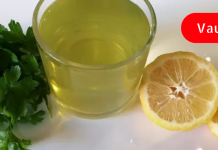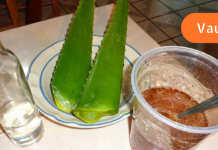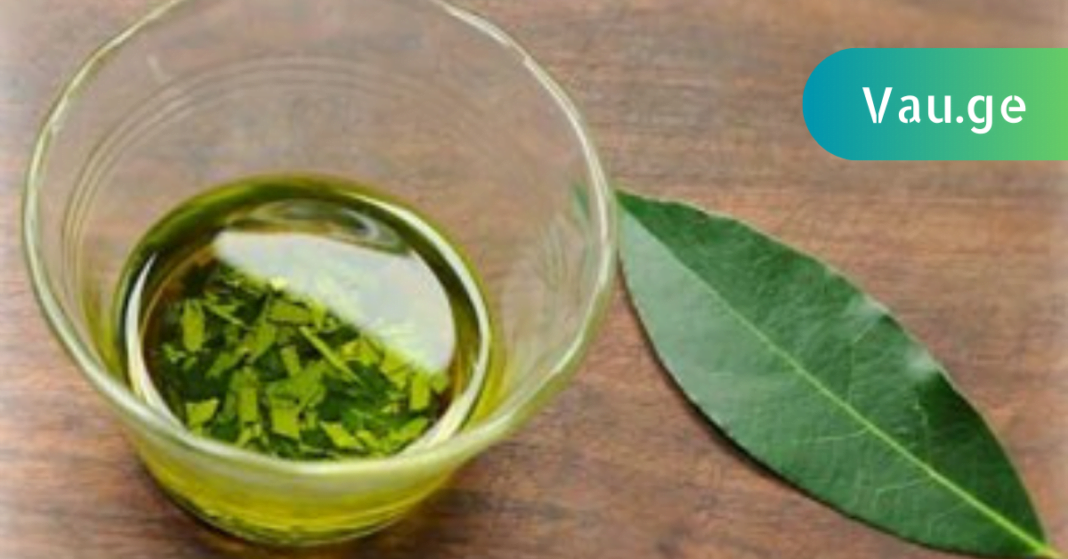Bay leaf oil and its infusion have long been recognized in natural medicine as effective remedies for various conditions, especially arthritis, rheumatism, arthrosis, sinusitis, and muscle pain. This fragrant plant, traditionally used in culinary dishes, also possesses strong anti-inflammatory, soothing, and healing properties. It not only helps relieve physical discomfort but also calms the nervous
system and reduces headaches.
How to Prepare Bay Leaf Oil
To make bay leaf oil at home, crush 30 grams of bay leaves and pour one cup of vegetable oil over them. Place the container in hot water for one hour. After removing it, let it sit for a week in a cool, dark place. Then, once again place it in hot water for an hour. Finally, strain the mixture and store the finished oil in the refrigerator. This oil can be used topically to massage sore joints or muscles.
Uses of Bay Leaf Oil
Whenever you’re feeling fatigued or mentally overwhelmed, bay leaf oil can also serve as an aromatic stress reliever. Add a few drops into an aromatherapy diffuser or a heated aroma lamp and wait for a few minutes. You’ll soon feel your mood uplifted and your body restored with new energy and vitality.
For Blood Sugar Control and Diabetes Support
To help regulate blood sugar levels, place 10 bay leaves in three cups of boiling water. Let the mixture steep for two to three hours. Drink half a cup three times a day, about 30 minutes before meals. This natural infusion may help people with type 2 diabetes maintain better glucose control.
Digestive Health and Constipation Relief
Bay leaves, when combined with black pepper, act as a mild laxative and support smoother digestion. This mix may be especially helpful for those suffering from occasional constipation or sluggish bowel movements.
For Joint Pain and Inflammation
Crush 30 to 35 bay leaves and boil them in 300 milliliters of warm water for five minutes. Pour the decoction into a thermos and let it sit for 5–6 hours. Strain and sip in small amounts every 20 minutes for 12 hours. This process should be followed for three consecutive days. After a one-week break, the treatment can be repeated. During the treatment period, it is recommended to eat mostly vegetables and avoid alcohol.
Another Joint Pain Remedy
Boil 10 grams of bay leaves in 150 milliliters of water for three minutes. Drink the infusion while it’s still warm—half an hour before meals or one hour after. Repeat the process for three consecutive days each week for two weeks. After every three-day treatment, take a four-day break, then resume. You should only repeat the full course again after six months, and during treatment days, follow a vegetarian diet strictly.
For Weight Loss and Appetite Control
Bay leaf tea can also support weight loss. Add a few bay leaves and a cinnamon stick to boiling water. Let it steep for five minutes. Drink one cup daily. If you don’t have any gastrointestinal problems, you can continue the regimen for 20 days, followed by a 10-day break, and then resume if needed.
Bay Leaf Balm for Rheumatism
To relieve rheumatic pain, mix one part crushed bay leaves with two parts melted butter. Heat the mixture over steam for 30 minutes, let it cool, and then apply it directly to the painful area.
For Bruises, Sprains, and Nerve Pain
Crush a box of dried bay leaves (available at most pharmacies) and mix them with 200 grams of vegetable oil. Let the mixture sit for one week, then strain and apply it to affected areas. This remedy not only relieves pain but also helps heal cuts and bruises faster.
For Chronic Cholecystitis
Bay leaf oil is also helpful in cases of chronic cholecystitis. Take 10–15 drops of the oil with milk, kefir, or tea two to three times daily.
Bay Leaf Oil for Osteochondrosis
Osteochondrosis often causes pain in the back and spine. To ease this pain, use a homemade bay leaf oil. Crush the leaves and mix 1–2 tablespoons with a cup of olive oil. Let it sit in a warm place for 15 days. Massage the oil into the affected areas at night and keep the area warm afterwards for best results.


















